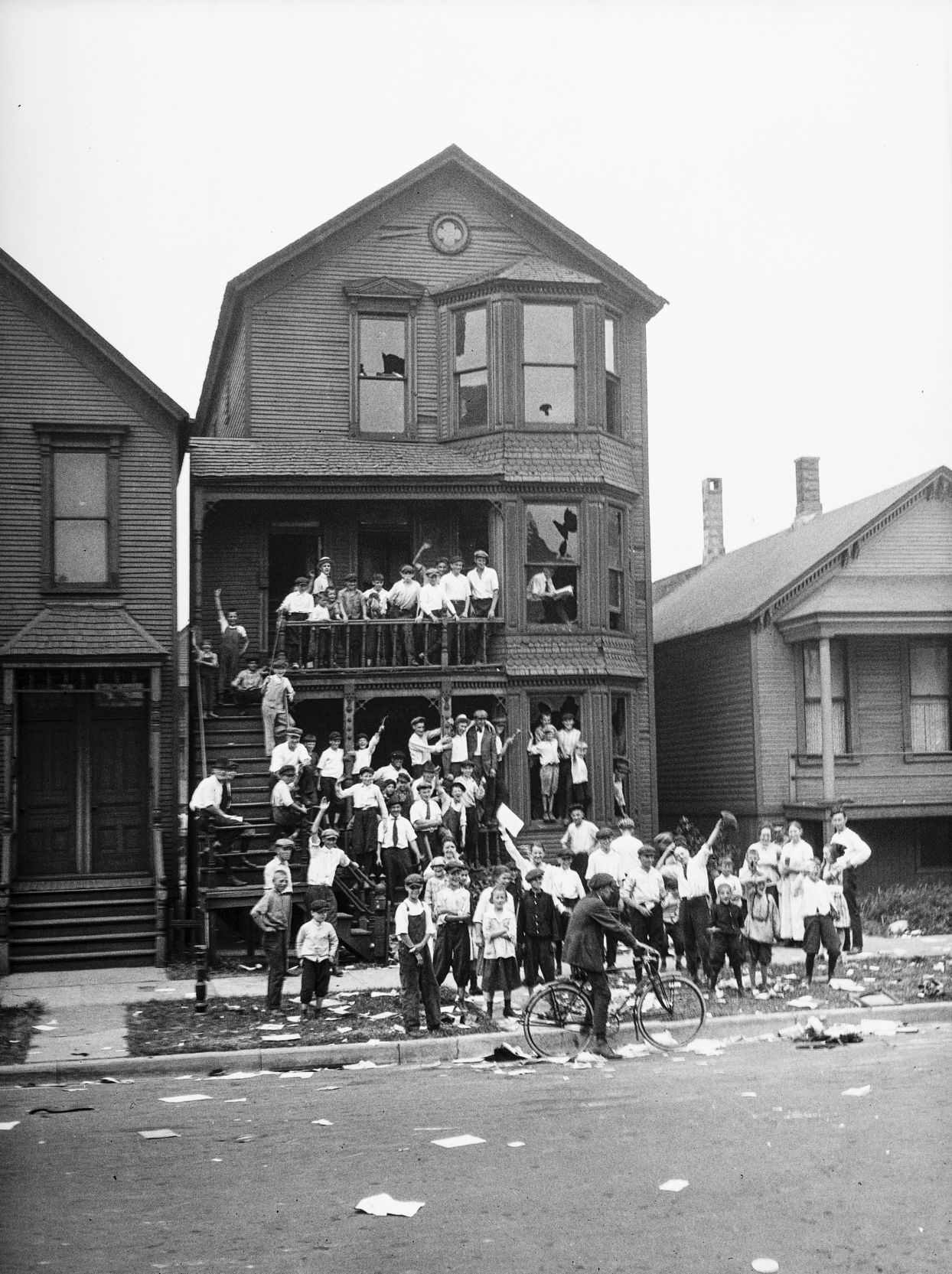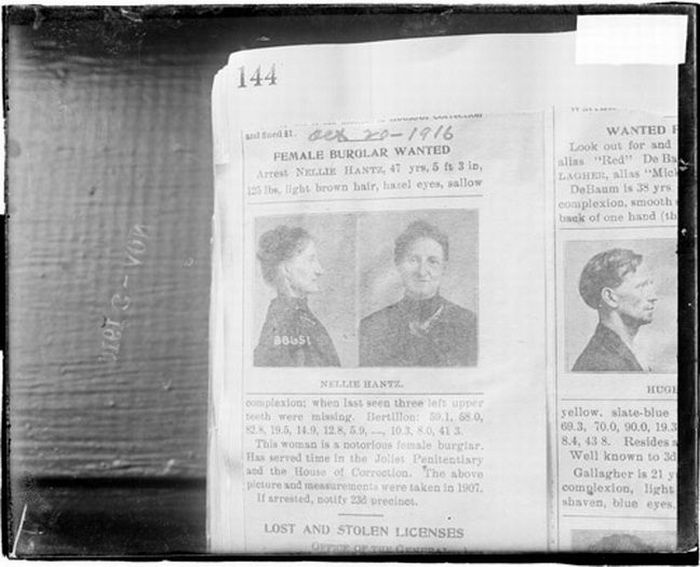

Perhaps it is time we begin to think of black-on-black crime the way we think of international terrorism and ethnic cleansing: as an epidemic of historical proportions, one whose demise liberals have an obligation to seek.įirst, some statistical background. In July 1968, the editors of The New Republic penned an editorial about the rising murder rates in Chicago titled, "Who Pays for Violence?" The editors wrote that all groups were being threatened with "alarmingly high" rates of violence, but that "the particularly high cost of violence to the Negro community should be noted." That particularly high cost was merely the beginning of what would become 200,000 murders over four decades. It's true that the total number of homicides in the United States since the 1960s is alarming even if you don't account for race but the age of murder has been particularly horrific among African Americans. So the recent juxtaposition of news about Washington's murder rate and bursts of international carnage caused me to wonder: Why is the forty-year-long explosion of black-on-black homicide not regarded in American political and historical consciousness as a phenomenon unto itself-even though the total number of victims exceeds that of many other episodes of mass murder. "You've got generations of dysfunction, and that cycle has got to be broken."Īnd yet, it is almost never reported that way by journalists-and almost certainly not viewed that way by most Americans. All of which led District Police Chief Charles Ramsey to speak out against "black on black crime" several months ago: "The African-American community has to be central in the solution because that is where the problem lies and that is the community being hurt the most by this genocide," he said. Historical trends over the past four decades suggest that the overwhelming majority were the victims of black on black crime.

Ninety-six percent of homicides victims in D.C. Meanwhile, Washington recorded a record number of juvenile homicides last year with 24 victims. On July 30 th, Prince Georges County, on the border of Washington, DC recorded its 100th homicide of the year, an increase of almost 25 percent compared to this time last year. Even though the national crime rate has been declining for some time, it has been a grim period in the Washington area for those most vulnerable to crime. I am referring to the staggering number of homicides that have taken place in the United States since the 1960s-particularly black-on-black homicides. Yet there is another kind of killing that receives far less attention as a distinct historical phenomenon.

Last month we marked the tenth anniversary of the massacres at Srebenica, and just over a year ago, the tenth anniversary of the Rwanda genocide. Recently, such murders have been carried out by radical Islamists in Israel, Iraq, England, and Egypt.

The murder of large numbers of innocent people in a very short time span has become an infuriating and regular feature of contemporary life.


 0 kommentar(er)
0 kommentar(er)
